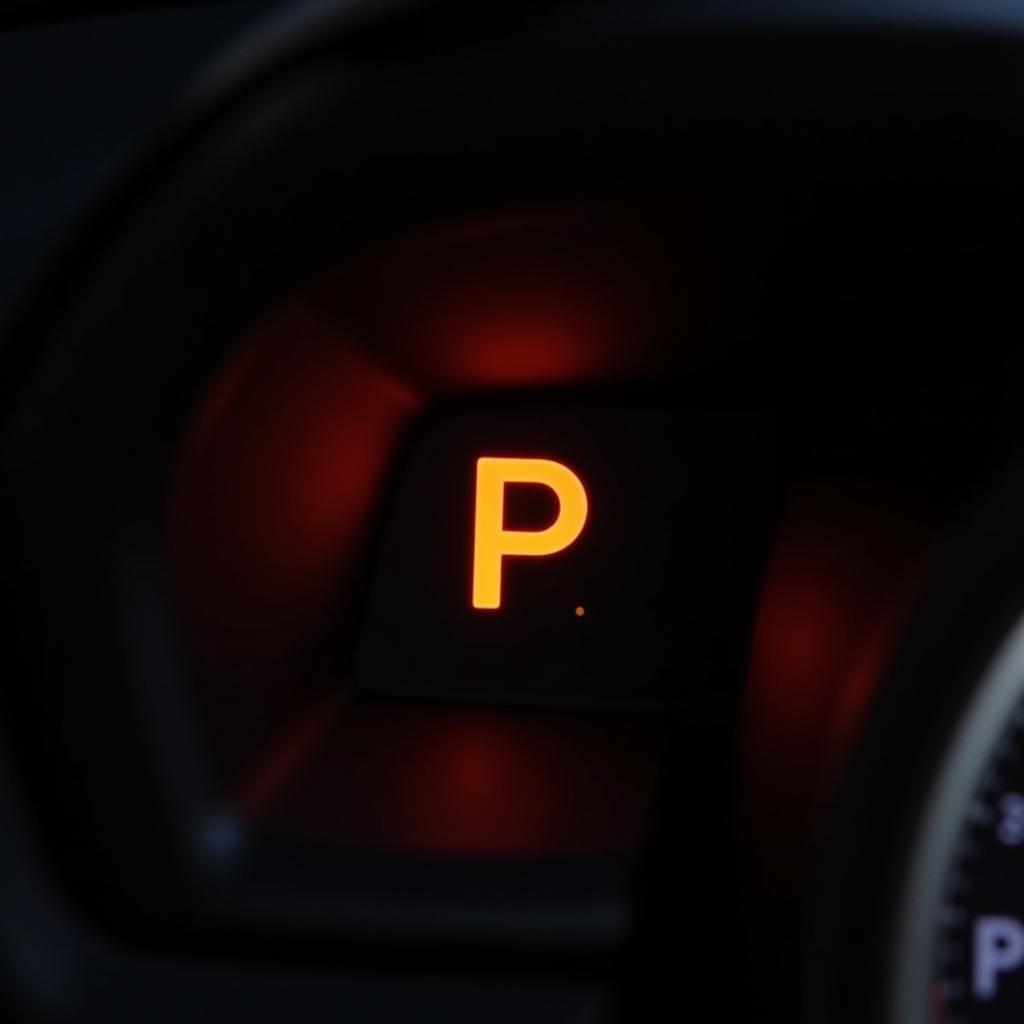A warn winch is an invaluable tool for off-road enthusiasts, construction workers, and anyone who needs to move heavy objects. However, like any piece of machinery, it requires proper maintenance and occasional troubleshooting. One crucial aspect of a warn winch is its braking system, which ensures safe and controlled operation. This article delves into the intricacies of warn winch brakes, covering their functionality, common issues, troubleshooting tips, and essential maintenance practices.
Understanding how a warn winch brake works is essential for diagnosing and fixing problems. The brake is typically integrated into the winch drum and works on a mechanical principle that prevents the drum from free-spooling when not in use. This mechanism is crucial for holding a load securely and preventing unintentional unwinding, which could lead to accidents or injuries.
Common Warn Winch Brake Problems
While warn winch brakes are designed for durability and reliability, they can sometimes experience issues. Recognizing these problems early on is vital to prevent further damage and ensure safety.
Warn Winch Brake Not Working
One common issue is the warn winch brake not engaging or failing to hold a load. This can occur due to several reasons:
- Worn Brake Parts: Over time, the brake shoes or disc can wear down, reducing their effectiveness.
- Lubrication Issues: Insufficient lubrication or using the wrong type of grease can hinder the brake’s performance.
- Damaged or Misaligned Components: Physical damage or misalignment of the brake components can prevent proper engagement.
- Spring Malfunction: The spring that applies pressure to the brake shoes can weaken or break, rendering the brake ineffective.
If you suspect your warn winch brake is not working correctly, it’s crucial to address the issue immediately. You can find more information on troubleshooting a warn winch brake not working on our dedicated page.
Warn Winch Brake Sticking
Conversely, the brake can also become too tight or stick, preventing the drum from releasing smoothly. This problem can arise due to:
- Corrosion or Rust: Exposure to moisture can cause rust and corrosion on the brake components, restricting their movement.
- Dirt and Debris Buildup: Accumulation of dirt, mud, or debris can interfere with the brake mechanism.
- Over-tightened Components: Over-tightening the brake adjustment can lead to excessive friction and sticking.
A sticking brake can cause difficulties in unwinding the cable and put unnecessary strain on the winch motor.
Troubleshooting Warn Winch Brake Issues
Before attempting any repairs, it’s essential to disconnect the winch from the power source and ensure the area is well-lit and ventilated. Having the right tools, such as wrenches, sockets, pliers, and a brake service kit, is also crucial.
How Does a Warn Winch Brake Work?
To troubleshoot effectively, you need a basic understanding of the brake mechanism. The warn winch drum brake is designed to engage automatically when the winch is not under load. When you power the winch to reel in or out, the gearing mechanism disengages the brake, allowing the drum to rotate freely. Understanding this process will help you pinpoint the source of the problem. You can find more detailed information about how a warn winch brake works on our dedicated page.
how does a warn winch brake work
Inspection and Basic Checks
- Visual Inspection: Carefully examine the brake components for visible signs of wear, damage, rust, or debris buildup. Pay attention to the brake shoes, disc, spring, and adjusting nut.
- Manual Brake Release: Attempt to manually release the brake by prying the brake shoes apart using a suitable tool. This will help determine if the brake is sticking or if there’s an issue with the release mechanism.
- Adjusting Nut Check: Check the brake adjusting nut for tightness. If it’s too tight, it could be causing the brake to drag. Loosen the nut slightly and retest the brake engagement.
Advanced Troubleshooting
If the basic checks don’t resolve the issue, further diagnosis might be needed. This may involve:
- Disassembling the Brake Assembly: Carefully disassemble the brake assembly to inspect the internal components for damage or wear.
- Testing the Spring Tension: Assess the spring tension to ensure it’s within the manufacturer’s specifications.
- Measuring Brake Shoe Thickness: Measure the thickness of the brake shoes and compare it to the recommended service limit.
If you’re not comfortable performing these tasks, it’s best to consult a qualified technician or a specialized warn winch service center.
For more in-depth information about warn winch drum brakes, you can visit our dedicated page.
Warn Winch Brake Maintenance
Regular maintenance is crucial for keeping your warn winch brake in optimal condition and preventing premature wear and tear. Here are some essential maintenance practices:
- Regular Cleaning: Clean the brake assembly regularly to remove dirt, mud, and debris. Use a brush, compressed air, and a suitable brake cleaner.
- Lubrication: Apply a thin layer of high-quality, marine-grade grease to the brake components, including the brake shoes, disc, and adjusting nut.
- Inspection and Adjustment: Regularly inspect the brake components for wear and tear and adjust the brake as needed.
- Brake Service Kit: Consider using a warn winch brake service kit, which includes replacement parts and lubrication, to keep your brake system in top condition.
By following these maintenance practices, you can extend the life of your warn winch brake and ensure its reliable performance for years to come.
Conclusion
Warn winch brakes are essential safety components that require regular attention and care. Understanding their function, common problems, and proper maintenance procedures will help you keep your winch operating safely and efficiently. By following the guidelines outlined in this article, you can ensure the longevity and reliability of your warn winch brake for all your hauling needs.

